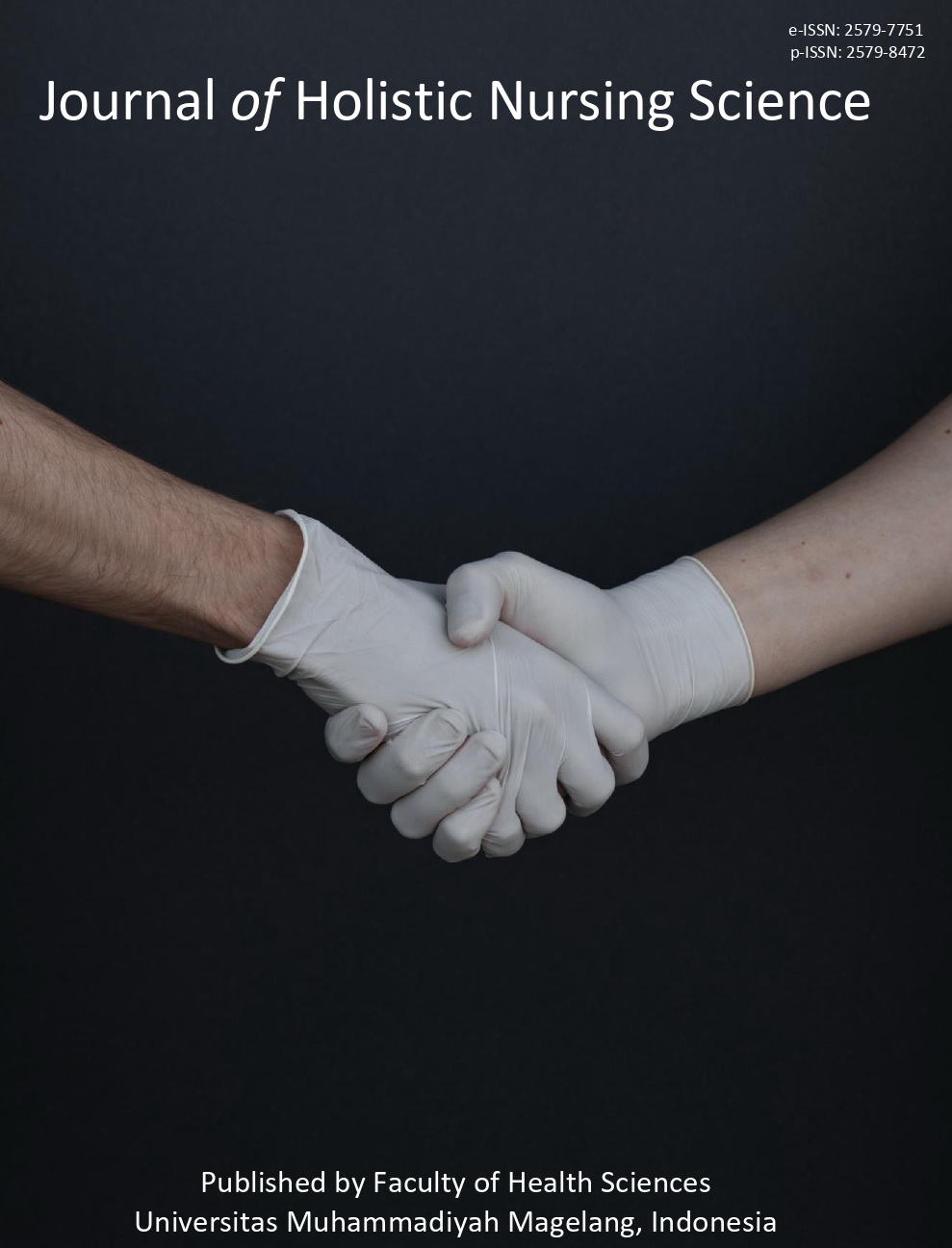A scoping review of risk factor analysis influencing speech and language delay in toddler’s development
Main Article Content
Abstract
Speech and language development in toddlers is a crucial aspect of their overall growth and communication skills. During the early years, children go through significant language development milestones. However, many children in early childhood experience troubles in speech and language. The condition occurs if the children cannot articulate words properly, marked by errors in speech patterns that do not correspond to their age. Risk factors should be explained briefly to help the mother understand and prevent the delay to maximize the intervention. This research analyzes the risk factors influencing speech and language delay in toddlers. This scoping review begins by searching relevant articles with keywords using PRISMA flow as a guideline. Science Direct, Scopus, and PubMed were used for online database searches. The research indicates that risk factors influencing speech and language delay in toddlers include media exposure, male gender, having more than two siblings, lack of interaction in the home environment, housing status, and low parental socioeconomic status. Future research may suggest analyzing the long-term effects of speech and language delay in children.
Keywords: Paediatric care; scoping review; PRISMA; children care; speech and language delay
Downloads
Article Details

This work is licensed under a Creative Commons Attribution-NonCommercial 4.0 International License.
Authors who publish their articles in JHNS retain full copyright of their work. JHNS does not require authors to transfer their copyright to the journal or Universitas Muhammadiyah Magelang as the publisher. The authors grant JHNS a license for the first publication.
